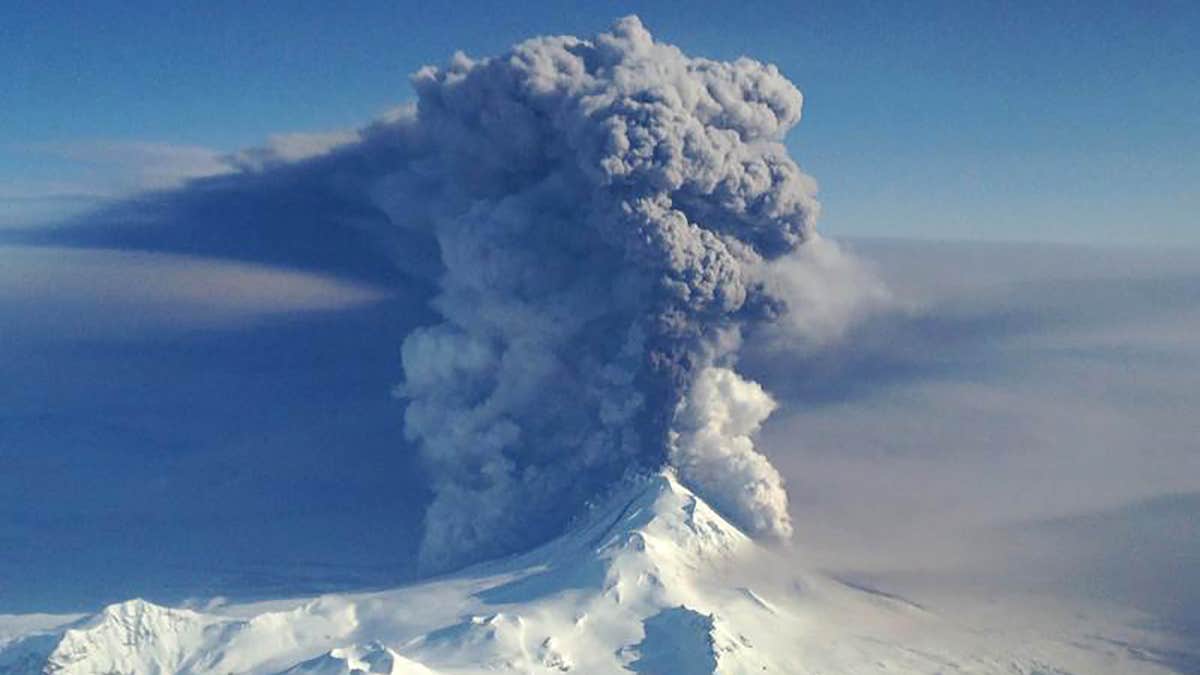
April 6, 2016: File handout photo of the Pavlof Volcano erupting in Alaska. (Reuters)
ANCHORAGE, Alaska – A remote Alaska Volcano that erupted in March is again showing signs of life.
Scientists at the Alaska Volcano Observatory on Friday morning detected seismic activity beneath Pavlof Volcano that can signal a low-level eruption. Instruments detected tremors typically related to the movement of fluids.
"In this case, lava is considered a fluid," geophysicist Dave Schneider said. "It can also be the hydrothermic systems, or hot water, percolating through the volcano."
The observatory upgraded the Pavlof's status from normal to a volcano watch. The observatory could not tell whether the volcano has sent up an ash cloud because the 8,261-foot summit is obscured by clouds.
"We're continuing to watch carefully and see how this develops," Schneider said.
By early afternoon, satellite sensors had not detected heat associated with lava flowing from vents on the mountain, Schneider said.
That wasn't the case March 27. Pavlof that day sent an ash cloud soaring to 37,000 feet, and the observatory almost immediately detected thermal readings indicating lava coming out.
Weather in late March also was uncharacteristically clear, and the ash cloud was spotted by pilots. The cloud drifted across interior Alaska to northern Canada.
Volcanic ash is sharp and abrasive and can cause jet engines to shut down. Alaska Airlines canceled nearly 70 flights to Fairbanks and Alaska communities over two days
Pavlof is conical and about 4.4 miles in diameter. The volcano has erupted more than 40 times since record-keeping began in the late 1700s.
It's not uncommon for eruptions to recur. Pavlof erupted intermittently for more than two years from April 1986 to August 1988.




















